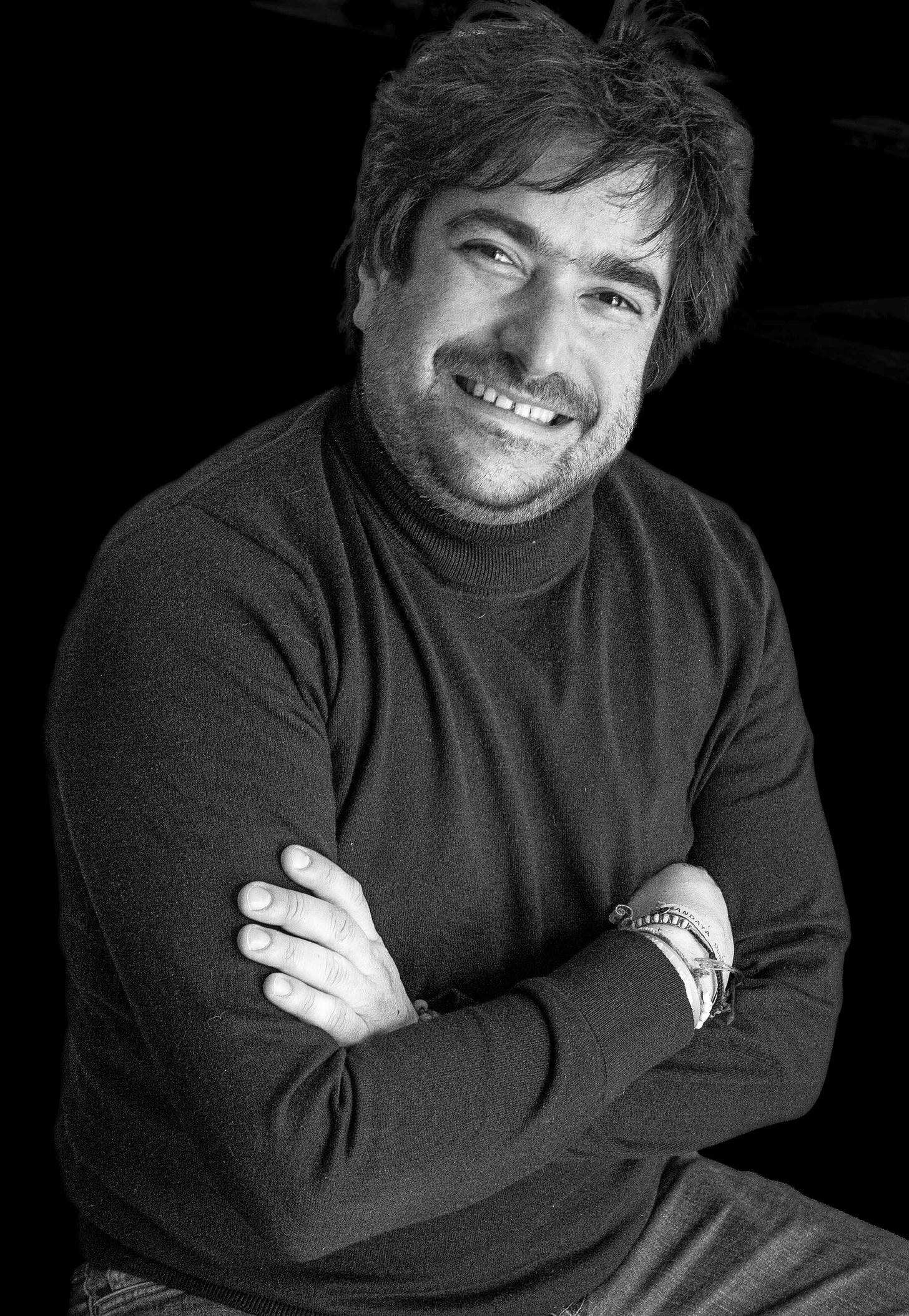Play It Loud: Jay Douglas, Everton Paul
A Night of Nuance: Ruy Adrian Lopez-Nussa & Harold Lopez-Nussa
Bill King Photography 2025
There’s a moment—just before the downbeat, before the voice bites into the first phrase, and the rhythm section locks into that unmistakable groove—when the air itself seems to thrum with anticipation. It’s the feeling of standing at the edge of something grand, something real.
Jay Douglas knows that moment well. A showman in every sense, Douglas doesn’t just perform—he embodies the music, history, the grit, and the soul of reggae and R&B. His voice, honeyed but raw with experience, rings through a hall, where acoustics frame every note in gold. And alongside him, Everton ‘Pablo’ Paul, a rhythmic architect who’s spent a lifetime shaping the backbone of some of the most exhilarating Jamaican music, lays down grooves so deep they might as well be carved into the earth itself.
I’ve watched these two command stages before—intimate clubs, festival fields, makeshift bandstands—with an embrace and crystalline clarity, their artistry something almost sacred. When Everton drops into a rolling one-drop, it’s more than just rhythm—it’s a living, breathing conversation with time itself. Jay, ever the master interpreter, rides those waves like a man who’s been telling these stories for decades, yet somehow, each time, it’s as if he’s living them anew.
Cuban rhythm flows like poetry, each phrase bending around the next with a fluidity that feels less composed than conjured. The Lopez-Nussa brothers, Ruy Adrian and Harold, don’t just play together—they intertwine, a familial telepathy guiding them through harmonic labyrinths and explosive cadences. Their music, a melding of tradition and modernity, finds a perfect home in a space like Koerner Hall.
Harold’s touch at the piano—delicate when it needs to be, percussive when the spirit moves—is a revelation. He dances over the keys with a confidence that never veers into excess, letting the music breathe, letting the spaces between the notes carry as much weight as the notes themselves.
Brother Ruy, his polyrhythms a masterclass in tension and release.
When these two take the stage, you don’t just hear the music—you see it. Which, for a photographer, is everything.
Photography, like music, is about timing. The right fraction of a second can elevate an image from mundane to mythic. Over the years, I’ve sought to capture artists in their truest state—not posed, not polished, but present. When I photograph a musician, I want to freeze the moment just before the note, just before the expression shifts—when you can still see the music forming inside them.
In concert, Jay Douglas, mid-crooning, eyes half-closed, hand outstretched to an audience that’s already in his pocket. Everton Paul, caught in motion, the blur of his drumstick a testament to the heartbeat he provides. Harold Lopez-Nussa, head bowed, fingers poised over ivory, the hush in the air before the next cascade. Ruy Adrian Lopez-Nussa, caught in a rhythm so deep it looks like he’s composing with his whole body.
These are the portraits that tell stories beyond the notes, beyond the applause. Informal – at lunch, at ease. They speak to the essence of the artist—the passion, the sacrifice, the moments of transcendence that make it all worth it.
Because at the end of the day, whether through music or the lens, the goal is always the same: to capture the truth, and to play it loud.









